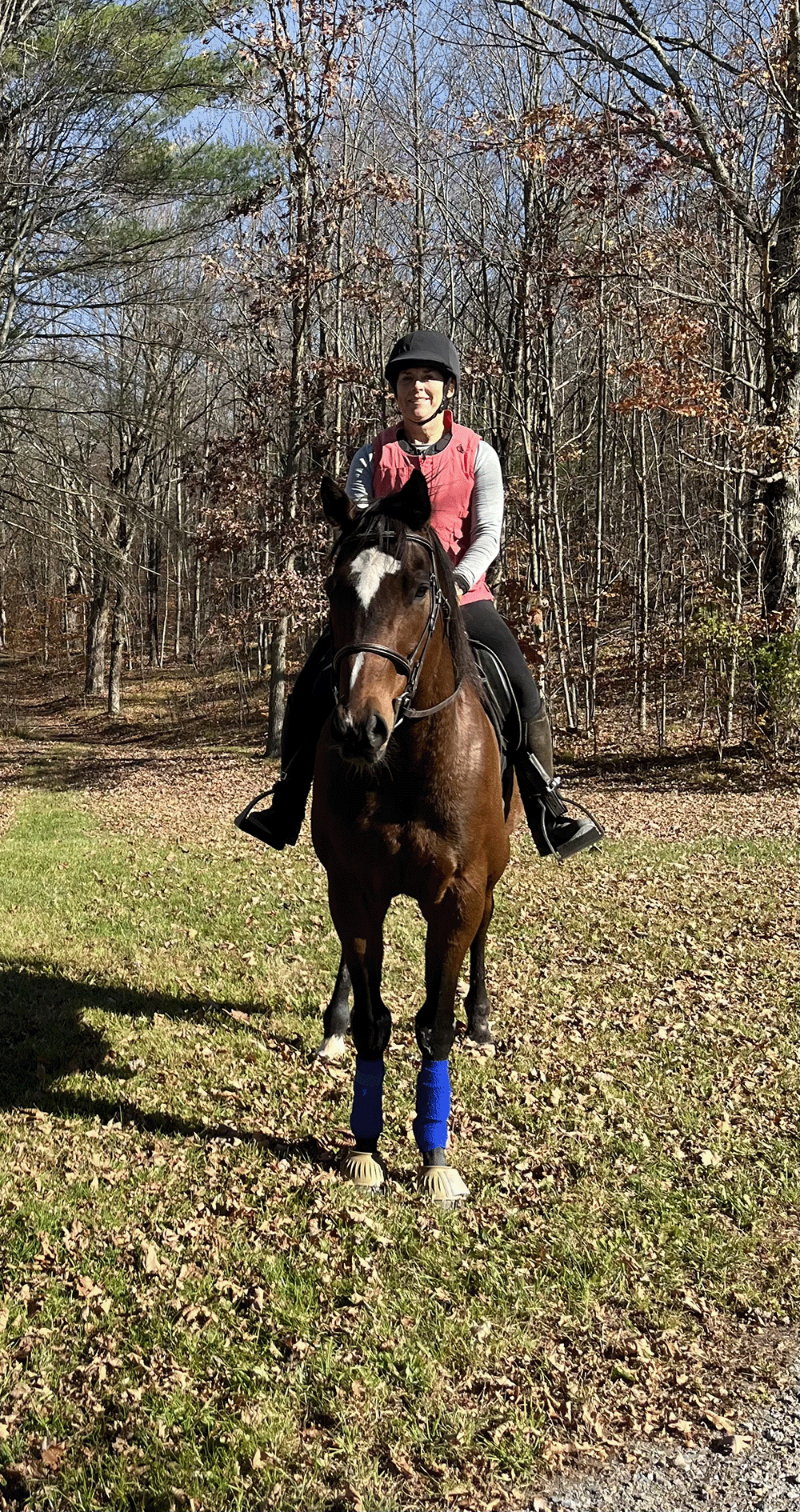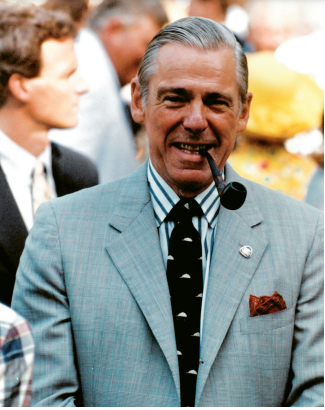ACTT Naturally
Have you suffered a loss? Are you experiencing heartache? Is your self-confidence waning? Come and spend a day with the horses of ACTT Naturally. They will open your heart, show […]
Read More >Have you suffered a loss? Are you experiencing heartache? Is your self-confidence waning? Come and spend a day with the horses of ACTT Naturally. They will open your heart, show […]
Read More >Have you suffered a loss? Are you experiencing heartache? Is your self-confidence waning? Come and spend a day with the horses of ACTT Naturally. They will open your heart, show […]
Read More >All Posts & News Press Releases Success Stories Aftercare Editorials Supporter Features Inspector Spotlights Previous Post Badge of Trust Badge of Trust By: Alexis Arbaugh March 12, 2024 Success Stories […]
Read More >Few in racing can say they have accomplished more for retired racehorses than the late John Hettinger. After nearly two decades working abroad–first in corporate sales and marketing, then in […]
Read More >














